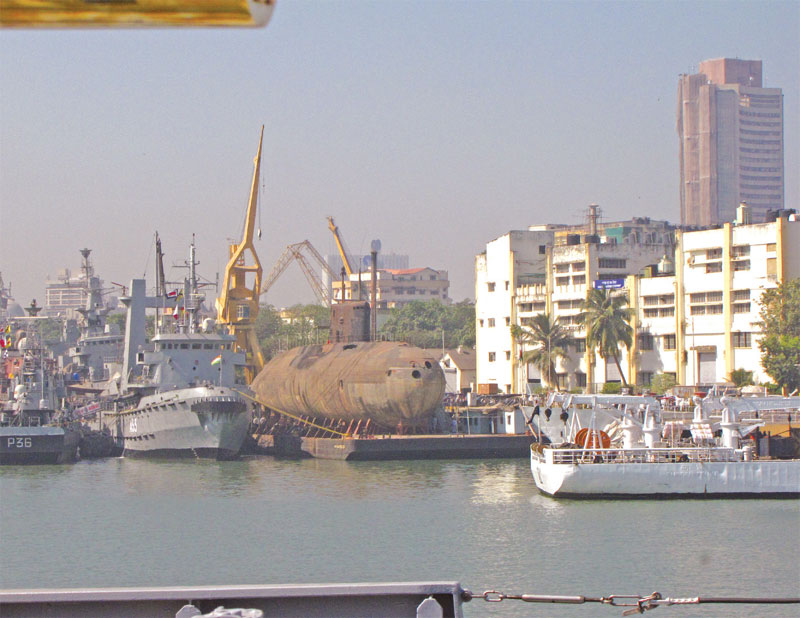Important to integrate aerospace, defence and cyber capacities for security
Antara Jha
In the constantly shifting terrain of this globally interconnected era, the fusion of aerospace, defence and cybersecurity takes centre stage. The dynamic pace of technological advancement demands a holistic and unified strategy to confront emerging security complexities. By harmonising the capabilities of aerospace, defence and cybersecurity, we unlock unprecedented opportunities to elevate situational awareness, fortify vital infrastructure and enact proactive defence strategies. Exploring the uncharted territory where these domains intersect, can shed light on the fertile ground where their symbiotic relationship thrives.
Through a meticulous examination of the convergence of these domains, we can grasp the profound implications it carries for the security landscape of the future, empowering us to mould a more resilient and secure tomorrow. By uniting the strengths of aerospace, defence and cybersecurity, we can pioneer a fresh security paradigm that adjusts to the ever-evolving threats of our interconnected world, ensuring a future that is both robust and safeguarded.

Cyber Threats
Revolutionising defence and intelligence operations, aerospace surveillance technologies like satellites and unmanned aerial vehicles (UAVs) provide vital information about potential threats and vulnerabilities. Yet, in the swiftly evolving cyber landscape, their potential can be maximised through the integration of cyber threat intelligence. Cyber threat intelligence, encompassing the collection, analysis and interpretation of information related to cyber threats, actors and methodologies, complements aerospace surveillance. This integration provides a holistic understanding of the security landscape, facilitating early warning systems for timely alerts and insights into emerging threats, allowing for proactive defence measures.
A strategic approach involves combining satellite imagery with cyber analytics. Satellites capture extensive data about locations and infrastructure, including critical networks and systems. By subjecting this imagery to advanced cyber analytics, patterns and indicators of cyber threats become discernible. Anomalies such as increased data exfiltration or suspicious communications can be identified, enabling prompt initiation of proactive defence measures. Furthermore, the integration identifies potential vulnerabilities in critical infrastructure. Insights from cyber threat intelligence, coupled with aerial surveillance data, pinpoint potential weak points for adversaries to exploit. This aids nations in prioritizing defence efforts and allocating resources effectively, fostering a proactive security approach where threats are identified before materialisation, allowing timely response and mitigation.
The marriage of cyber threat intelligence with aerospace surveillance technologies unlocks significant potential for bolstering situational awareness and proactive defence measures. The combination of satellite imagery and cyber analytics enables the detection of patterns, indicators and anomalies signifying cyber threats. This integration establishes early warning systems, providing timely alerts and insights into emerging threats, facilitating a comprehensive understanding of the security landscape.
Cyber-Physical Defence Systems
Safeguarding critical aerospace infrastructure from physical and cyber threats in an interconnected world is imperative. Integrating cyber resilience into physical defence systems creates a layered security approach, enhancing protection for these vital assets. Complex environments like airports, military bases and spaceports, with numerous interconnected systems, are susceptible to cyber-attacks. Incorporating cybersecurity measures mitigates vulnerabilities. Measures such as deploying intrusion detection systems and firewalls monitor and control network traffic, reducing the risk of unauthorized access and potential breaches. Network segmentation further fortifies security by isolating critical systems from less secure areas, limiting the impact of potential cyber-attacks. Continuous monitoring and analysis of cyber threats are essential for identifying weaknesses in physical defences. Proactive detection and response to cyber threats, enabled by real-time monitoring and analysis, minimises potential damage and disruption.
The convergence of cyber and physical defence systems offers a holistic defence against cyber and physical threats, recognising their interconnected nature. Moreover, the integration enables a coordinated response to security incidents. In the event of a cyber-attack, physical defence systems can synchronise with cyber defences to activate countermeasures, such as shutting down affected systems or isolating compromised areas. This synchronised response reduces response time, minimises potential damage and enhances incident management capabilities. The integration of cyber resilience and robustness into physical defence systems provides a proactive and layered approach to safeguarding critical aerospace infrastructure.
Cybersecurity measures, including intrusion detection systems and network segmentation, mitigate vulnerabilities. Real-time monitoring and analysis complement physical defence systems, enabling timely detection and response. The convergence of cyber and physical defence systems offers comprehensive defence against cyber and physical threats, ensuring the protection of critical infrastructure in an interconnected world.
You must be logged in to view this content.

